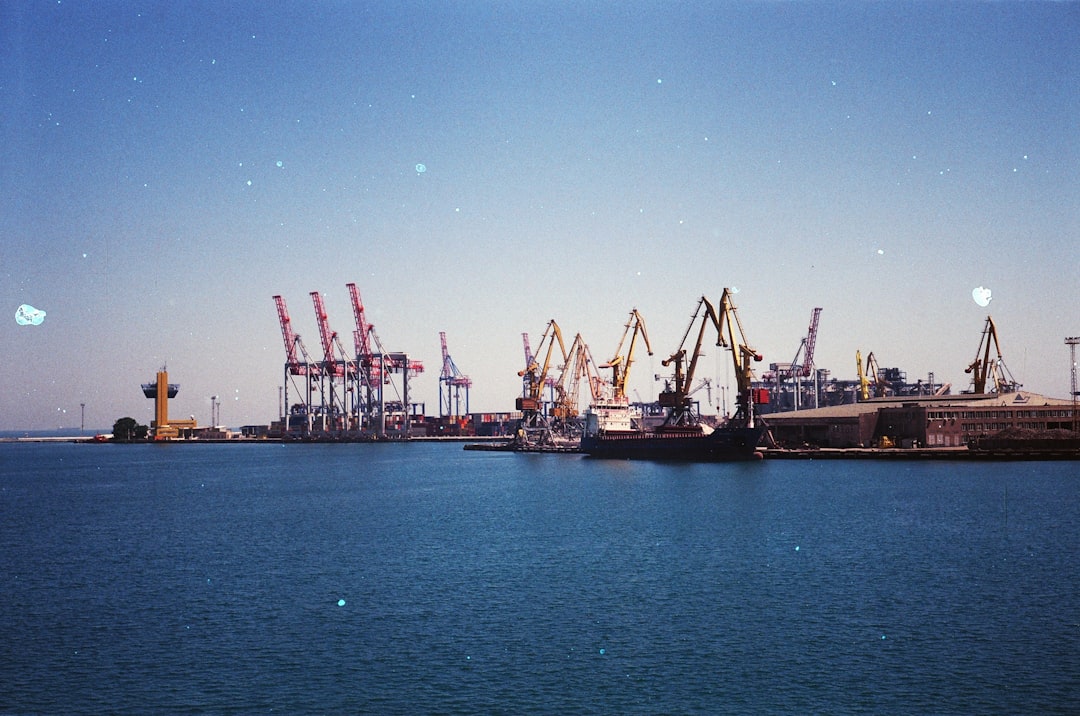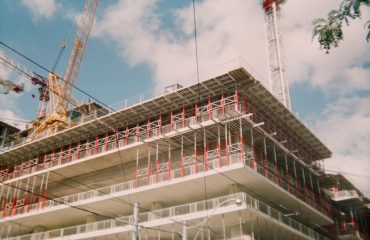The global steel industry is a dynamic and competitive landscape. Participating in international steel expos offers unparalleled opportunities to connect with key players, showcase your innovations, and expand your market reach. However, maximizing the return on your investment requires careful planning and strategic execution. This guide provides a comprehensive overview of how to effectively participate in these crucial industry events.
1. Strategic Planning: Choosing the Right Expo
Before investing time and resources, meticulously research potential expos. Consider factors such as:
- Target Audience: Does the expo attract your ideal clients and partners (e.g., manufacturers, distributors, architects, engineers)? Analyze past attendee demographics and exhibitor profiles.
- Location and Accessibility: Consider the geographical location’s relevance to your target market and the ease of travel and logistics for your team.
- Expo Size and Reputation: Larger, established expos often attract more visitors, but smaller, niche events can offer more targeted networking opportunities. Check reviews and industry feedback.
- Cost-Benefit Analysis: Carefully evaluate the exhibition fees, travel expenses, marketing materials, and potential return on investment (ROI). Develop a realistic budget and track expenses meticulously.
- Competition Analysis: Identify your competitors who might be exhibiting. This allows you to strategize how to differentiate your brand and offerings.
2. Exhibiting with Impact: Designing a Winning Booth
Your exhibition booth is your company’s storefront at the expo. A well-designed booth can significantly impact your success. Key considerations include:
- Booth Design and Branding: Create a visually appealing and informative booth that reflects your brand identity and showcases your key products and services. Ensure clear branding and easy navigation.
- Interactive Elements: Incorporate interactive elements such as product demonstrations, virtual reality experiences, or interactive displays to engage visitors and leave a lasting impression.
- Marketing Materials: Prepare high-quality brochures, flyers, and other marketing materials that highlight your company’s strengths and offerings. Ensure materials are available in multiple languages if necessary.
- Staff Training: Train your booth staff to effectively engage with visitors, answer questions, and collect leads. Equip them with product knowledge, sales skills, and communication strategies.
- Lead Capture System: Implement a system for capturing visitor information, such as lead capture forms, QR codes, or business card scanners. This allows for follow-up after the expo.
3. Networking Strategies: Building Relationships
International steel expos are prime networking opportunities. To maximize your connections, consider:
- Pre-Expo Networking: Utilize the expo’s online platform to connect with potential clients and partners before the event. Schedule meetings and build rapport in advance.
- Active Participation: Attend conferences, workshops, and other events organized during the expo to meet individuals with shared interests.
- Targeted Networking: Identify key individuals or companies you want to connect with and proactively seek them out at the expo.
- Follow-up: After the expo, follow up with all your new contacts. Send personalized emails, connect on LinkedIn, and schedule follow-up calls or meetings.
- Building Long-Term Relationships: Networking isn’t a one-time event. Cultivate relationships with valuable contacts for future collaborations and opportunities.
4. Market Research and Competitive Intelligence
International steel expos provide a unique opportunity to conduct market research and gather competitive intelligence. Use this opportunity to:
- Analyze Competitor Offerings: Observe your competitors’ booths, marketing materials, and strategies to identify their strengths and weaknesses.
- Identify Emerging Trends: Pay attention to the latest technologies, products, and services showcased at the expo to identify emerging trends in the industry.
- Gather Customer Feedback: Collect feedback from visitors on your products, services, and overall brand perception.
- Explore New Markets: Use the expo to explore potential new markets and identify opportunities for expansion.
- Understand Regulatory Landscape: Attend relevant sessions and network with industry experts to understand the regulatory environment in different markets.
5. Post-Expo Analysis and Optimization
After the expo, it’s crucial to analyze your performance and identify areas for improvement. This involves:
- Lead Qualification and Follow-up: Qualify the leads you generated and follow up with potential clients in a timely manner.
- Data Analysis: Analyze your booth traffic, lead generation, and sales figures to assess the overall success of your participation.
- Feedback Collection: Gather feedback from your staff and analyze what worked well and what could be improved for future expos.
- ROI Calculation: Calculate your return on investment (ROI) to determine the effectiveness of your expo participation.
- Strategic Planning for Future Expos: Use your learnings to inform your strategic planning for future international steel expos.
By meticulously planning, actively engaging, and strategically analyzing your participation, you can transform international steel expos from a cost into a powerful catalyst for growth and global success.
Tags: International Steel Expo, Steel Industry Events, Global Steel Market, Steel Expo Participation, Networking in Steel Industry




